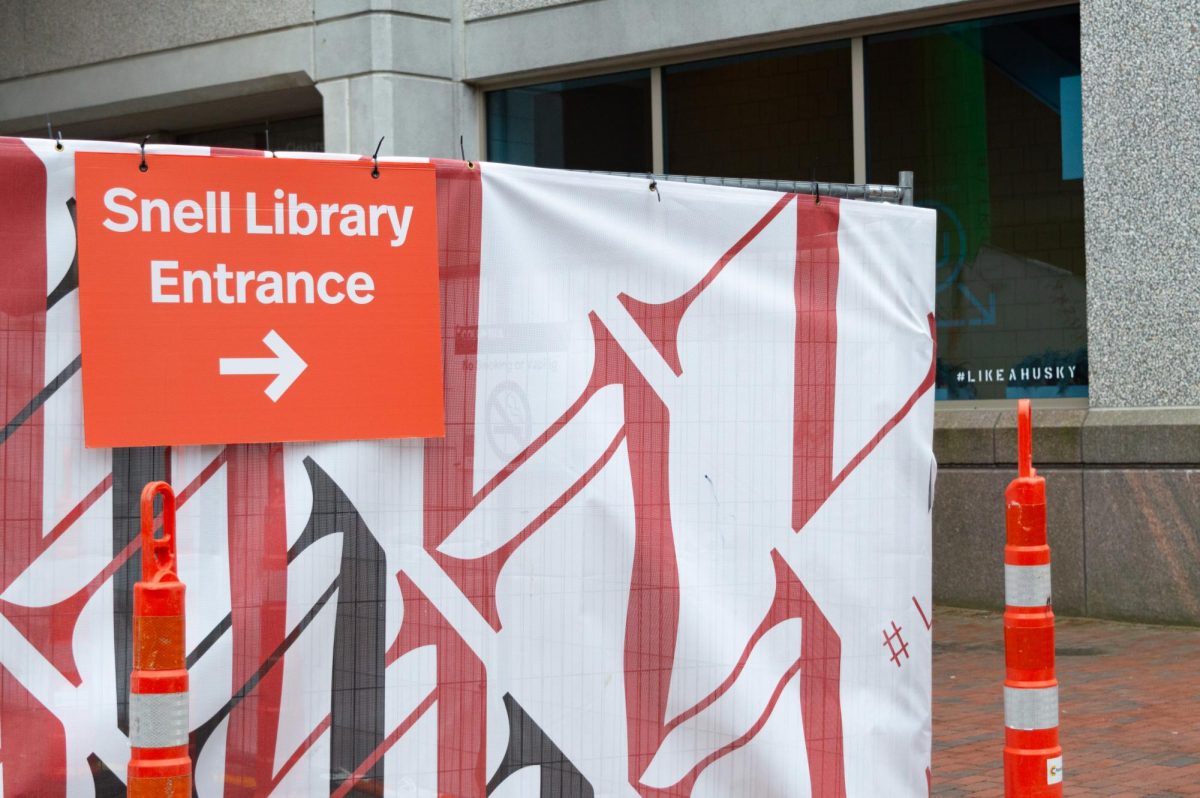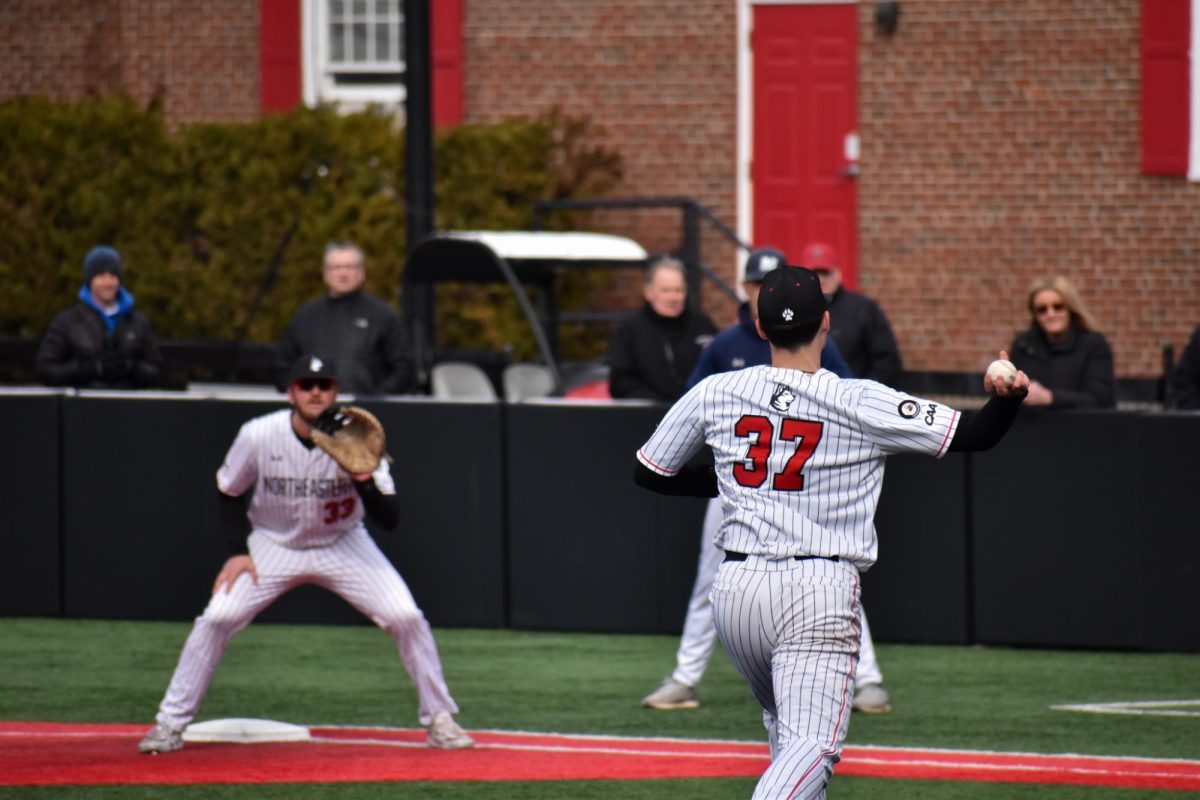By: Jared Sugerman, News Staff
Dayton defeated North Carolina to capture the 73rd men’s National Invitational Tournament (NIT) championship April 1. Sixteen days prior, Northeastern was eliminated from the same tournament by Connecticut.
It seems unlikely that any of these teams will be NIT participants again next year.
Traditionally, the NIT has been comprised of 32 teams not selected to take part in the NCAA Tournament. Big Ten Conference Commissioner Jim Delany, however, said it is “probable” the NCAA “March Madness” tournament field will grow in 2011. The number of participants could increase from 65 to 96, and possibly encompass the NIT and thereby catalyze its dissolution.
If 31 additional teams are invited to the NCAA tournament, they will take part in an opening round of games featuring teams ranked from 33 to 96. Each squad will be seeded according to rank (9-24) and placed within one of four regional brackets, along with teams 1-32 (seeded 1-8). The latter will automatically advance to the second round; the others will compete with one another for the right to join them there.
The extra bids will presumably be given to teams that would have taken part in the NIT, such as Northeastern, Dayton, North Carolina and Connecticut. They would be direct beneficiaries of a system that will bring the excitement of NCAA tournament basketball to more than two dozen additional campuses each year. Coincidentally, the modification could also generate billions of dollars in additional revenue for the NCAA.
In 1999, CBS Sports paid $6 billion to the NCAA for the right to broadcast “March Madness” (then comprised of 64 teams) until 2013. Although the NCAA could glean an additional $2.1 billion if the contract is preserved, there are rumors that it might choose to exercise an opt-out clause and sell the expanded tournament to the highest bidder. If so, it would be at great cost.
Though an increased number of games might produce greater revenue for the NCAA and its broadcasting partner, it would require the addition of too many teams with no realistic expectation of claiming a national championship. Since the inception of the NCAA men’s basketball tournament in 1939, no team seeded 9-15 has ever won a title. Those seeded 16th have never advanced beyond the first round.
This new tournament format was not designed to facilitate the inclusion of the most deserving competitors. If that were the intent, then contraction would be the solution. The brackets are already cluttered with champions of various conferences, and many of these teams are incapable of realistically competing with the country’s best teams. It must be understood that some teams are simply unfit to compete with those of the highest caliber.
If the standards for qualification are minimized, the significance of the regular season and the quality of the tournament will be reduced. NCAA officials seem to think most fans would appreciate middling teams playing close games and busting brackets. I, however, would be sad to see the madness replaced by mediocrity.
– Jared Sugerman can be reached
at [email protected].













